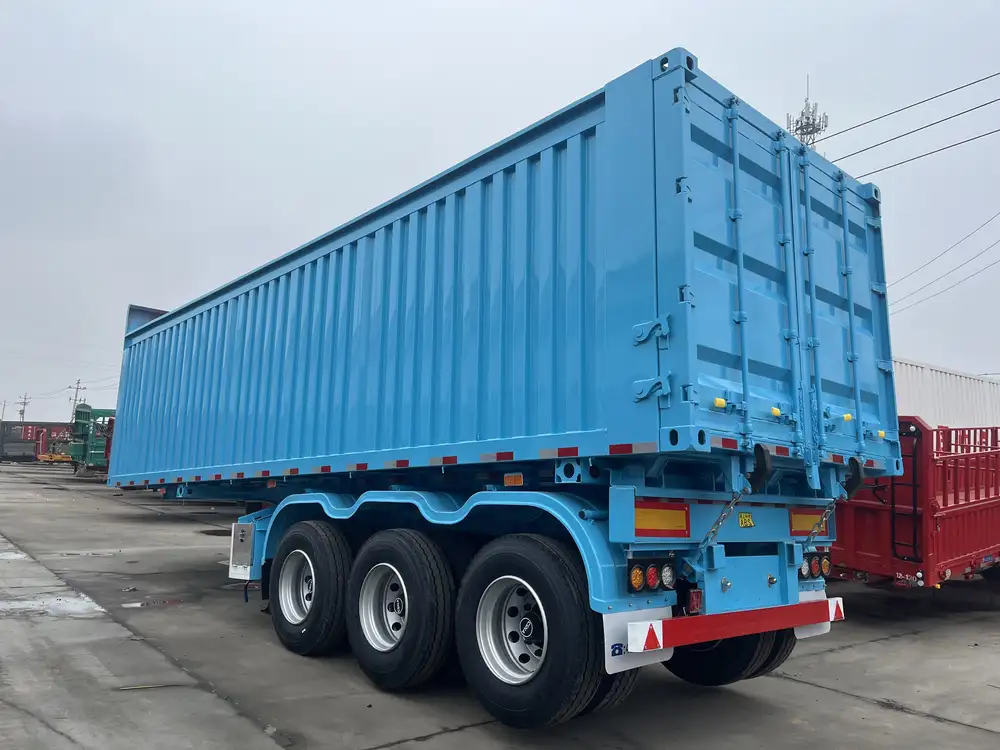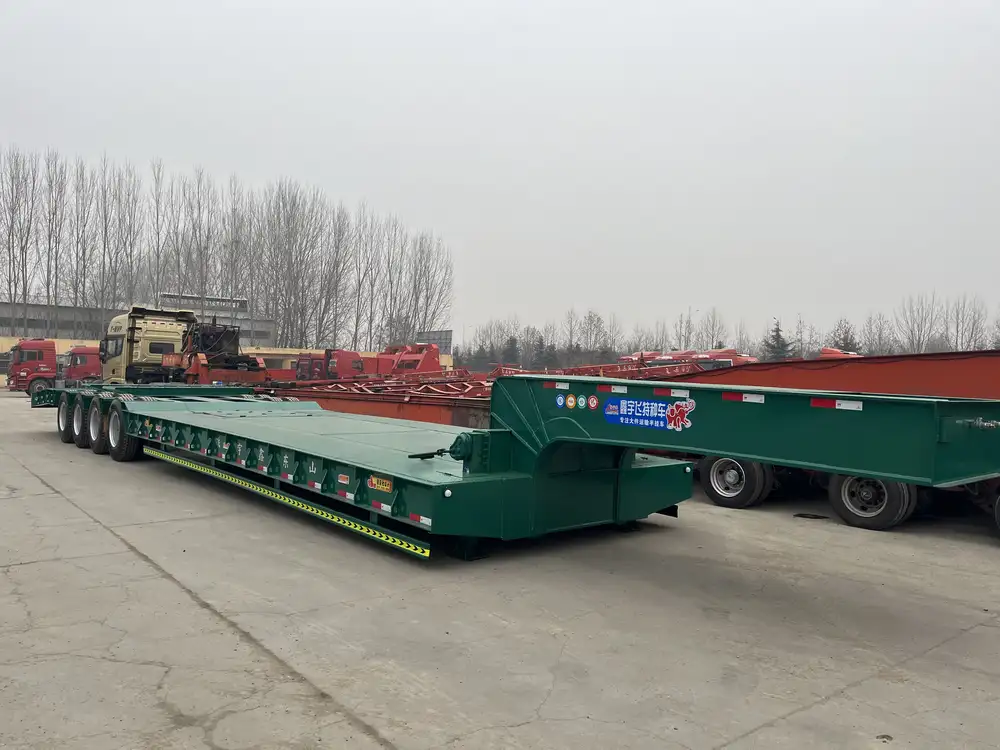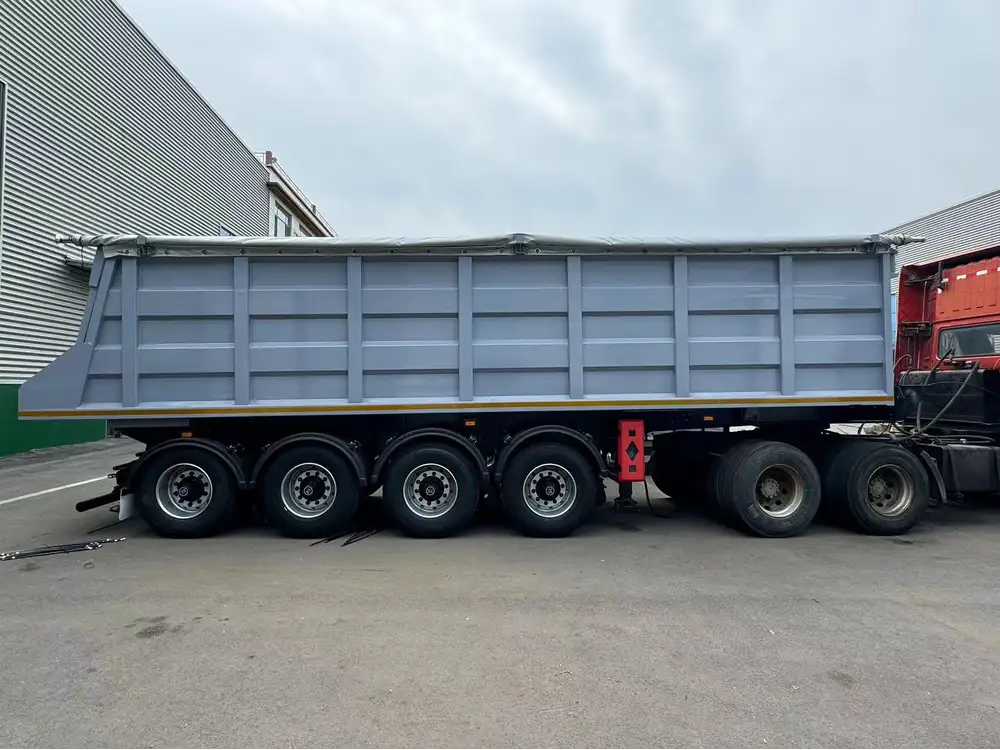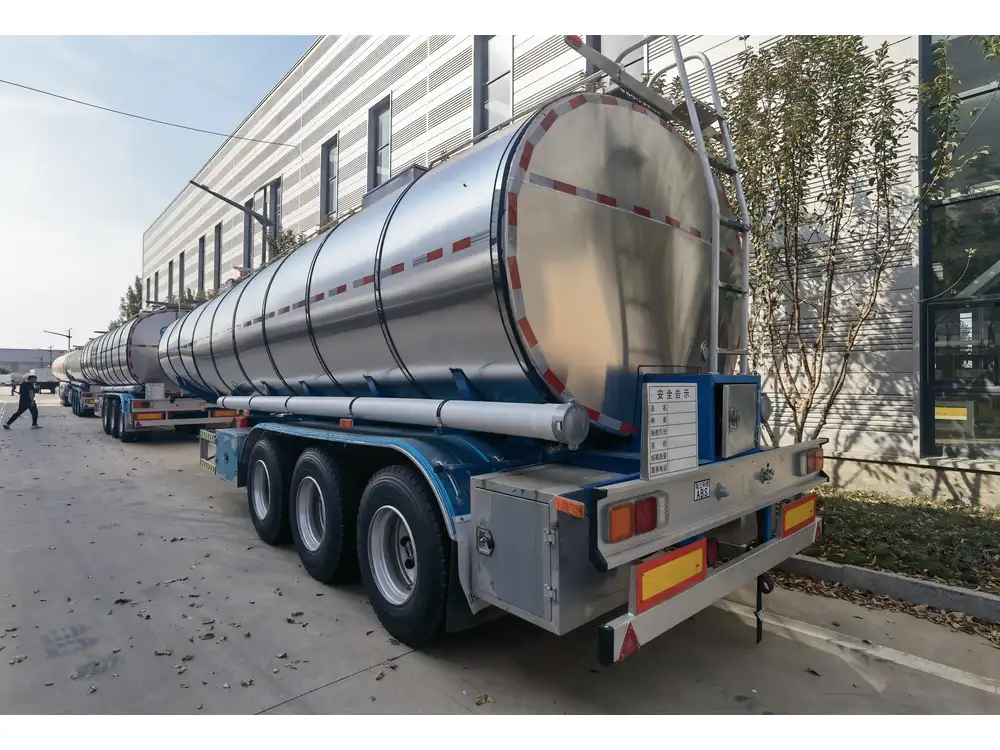Cleaning a trailer water tank is crucial for maintaining safe and drinkable water, especially for travel trailers, RVs, and boats. Understanding the correct amount of bleach to use is essential for effective sanitation without risking damage to the system or harming users. In this guide, we will delve into the details of using bleach for this purpose, including preparation, dilution ratios, safety measures, and step-by-step instructions to ensure thorough cleaning without compromising water quality.
Understanding the Basics of Water Tank Sanitization
Before diving into the specifics of cleaning with bleach, it’s vital to comprehend why sanitizing your trailer water tank is necessary. Water tanks can become breeding grounds for bacteria, algae, and other contaminants that can render water unsafe. Routine cleaning helps to eliminate these risks, ensuring you have safe drinking water at all times.
Common Contaminants Found in Water Tanks
- Bacteria: E. coli and Legionella can proliferate in stagnant water.
- Algae: Often due to sunlight exposure and nutrient-rich conditions.
- Sediment: Dirt and minerals that can build up over time.
- Fungi: Mold and mildew can form, especially in humid conditions.

Why Use Bleach for Cleaning?
Bleach, or sodium hypochlorite, is a highly effective disinfectant capable of killing various pathogens. Its properties make it ideal for sanitizing water tanks when used correctly. However, the key is knowing how much bleach to clean a trailer water tank without negatively impacting your health or the integrity of the water system.
Safe Dilution Ratios
The effectiveness of bleach depends significantly on its concentration. For water tank sanitization, a common recommendation is to achieve a concentration of 50-200 parts per million (ppm) of bleach.
Recommended Dilution Ratio:
- For 100 gallons of water: Use 1 to 2 cups of bleach.
(1 cup = approximately 240 ml)

Comparison of Dilution Variants
| Bleach Concentration | Amount of Bleach to Use (for 100 gallons of water) |
|---|---|
| Regular Clorox Bleach (5.25%-6% sodium hypochlorite) | 1 to 2 cups |
| High-Efficiency Bleach (8.25% sodium hypochlorite) | Approximately ¾ to 1½ cups |
Step-by-Step Guide to Cleaning Your Trailer Water Tank
Now that we understand the dilution and purpose of bleach in cleaning, let’s approach the cleaning process systematically.
Preparation Steps
Gather Your Supplies:
- Liquid household bleach (unscented, without additives)
- Measuring cup
- Funnel
- Hose or water source
- Clean cloth or sponge
- Water tank cleaning solution (optional)
Check the Tank:
- Inspect your water tank for visible signs of sludge or algae buildup.
- Ensure that all faucets and outlets are closed.

Cleaning Process
Step 1: Drain the Tank
Remove any existing water in the tank. Open the drain valve and allow the water to flow out completely.
Step 2: Prepare the Bleach Solution
Using the recommended dilution ratio, measure out the appropriate amount of bleach into the measuring cup.

Step 3: Add Bleach to the Tank
Using a funnel, carefully pour the bleach solution into the tank, ensuring it does not splash.
Step 4: Fill with Water
Fill the tank with clean, potable water, allowing it to mix with the bleach. If possible, fill the tank to ensure it reaches all surfaces adequately.
Step 5: Circulate the Bleach Solution
Activate your water pump and run the water through all faucets, showerheads, and other connections for about 5 minutes. This step ensures the bleach solution sanitizes every part of your water system.

Step 6: Allow the Solution to Sit
Let the solution sit in the tank for at least 4 hours. For higher contamination levels, 6-12 hours is recommended. This dwell time enhances the effectiveness of the bleach in killing pathogens.
Step 7: Drain and Rinse
After the dwell time, drain the tank again. Fill it with clean water and drain it multiple times (3-4 times) until the bleach smell dissipates.
Step 8: Final Inspection
Check your system for any residue or buildup. If necessary, scrub any remaining deposits with a clean cloth or sponge.

Safety Considerations
When using bleach, safety should always be a priority. Here are several precautions to take:
- Ventilation: Ensure good air circulation while handling bleach to avoid inhalation of fumes.
- Protective Gear: Wear gloves and eye protection to prevent skin irritation and eye damage.
- Proper Storage: Store bleach in a cool, dry place away from direct sunlight and out of reach of children.
- Avoid Mixing: Never mix bleach with ammonia or other cleaners as it can produce toxic gases.
Troubleshooting Common Issues
Issue 1: Persistent Odor
Solution: If a strong bleach smell lingers despite rinsing, consider adding baking soda to neutralize the smell during the final rinse phase.

Issue 2: Failed Sanitization
Solution: If the water tank remains contaminated after cleaning, it may require a more robust cleaning solution or professional assistance.
Alternative Sanitization Methods
While bleach is effective, some individuals may prefer alternative sanitation methods, including:
- Vinegar and Baking Soda: A natural approach that may eliminate mild contaminants.
- Hydrogen Peroxide: Provides a non-toxic option for sanitizing but with lower effectiveness than bleach against certain pathogens.
- Factory-Made Sanitizing Solutions: Products designed for RV and trailer sanitation can offer an easy-to-use option.
Maintaining a Clean Trailer Water System
Regular cleaning schedules can protect your water supply. Here are suggestions for how often to clean:
- Seasonal Use: Once before and after each season.
- Frequency: Monthly checks for cleanliness, especially after extended use.

Maintenance Tips
- Use a Water Filter: Prevents contaminants from entering the tank.
- Inspect Regularly: Check for leaks, cracks, and corrosion.
- Monitor Water Quality: Conduct water tests quarterly, ensuring purity.
Conclusion: Ensuring Safe Drinking Water
Maintaining a clean trailer water tank is necessary for both health and optimal performance. By understanding how much bleach to clean your trailer water tank and following the outlined steps, you can ensure that your water system remains free of harmful pathogens while prolonging the life of your tank.
Regular maintenance, awareness of potential contaminants, and using bleach appropriately will contribute to safe and enjoyable travels. Remember, your health and that of your travel companions hinge on the quality of the water you consume—take the necessary steps to safeguard it.
Further Reading
For more detailed information on maintaining and cleaning your trailer water systems, consider exploring:
- RV Water Systems Maintenance – Essential upkeep guidelines.
- Choosing the Right Water Filters for RVs – Understanding filtration options available.
- Bacteria Testing Kits – How to test water quality yourself.
The knowledge gained here empowers you to navigate the complexities of maintaining your trailer water systems, ensuring your journeys are as safe as they are enjoyable.



